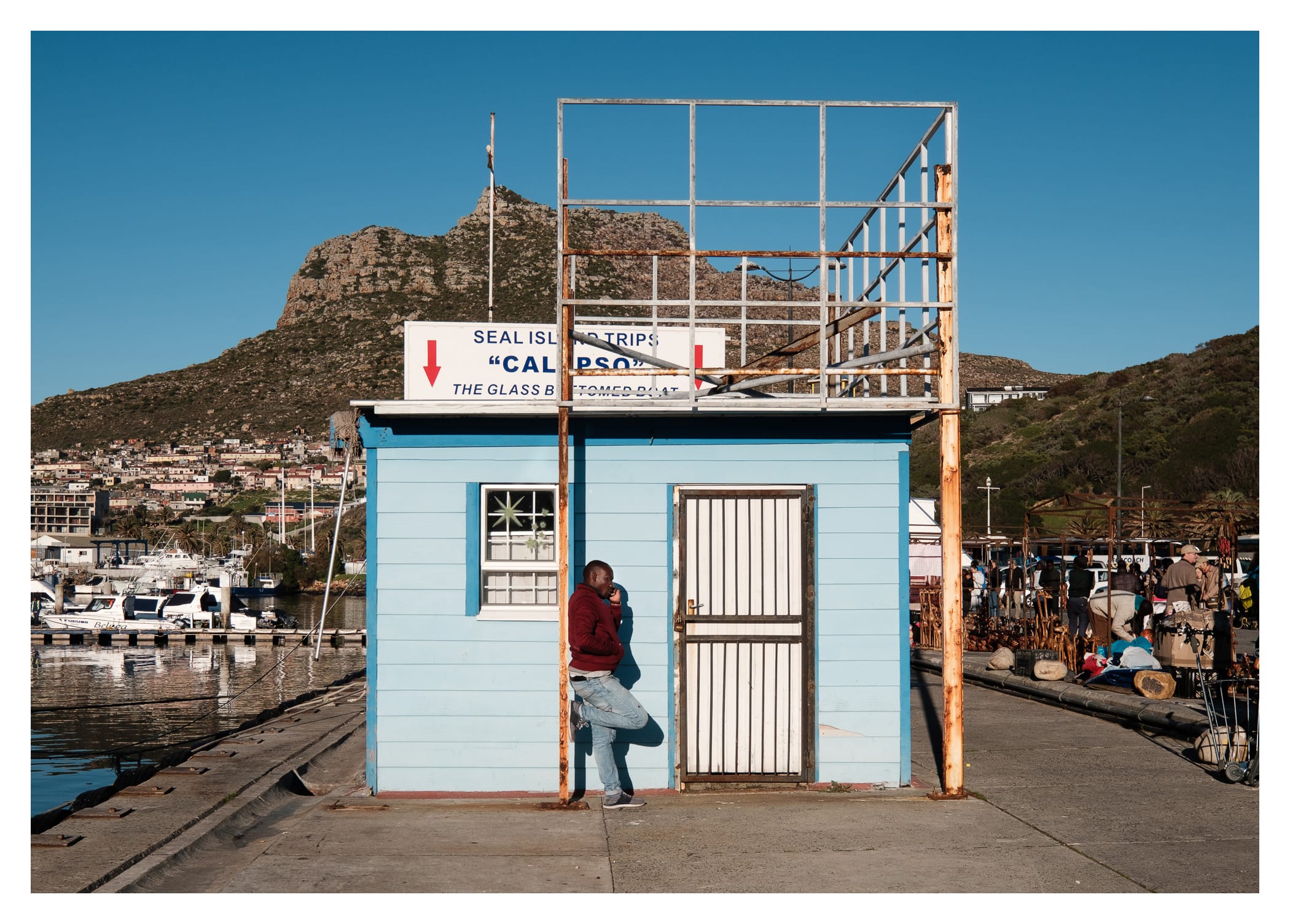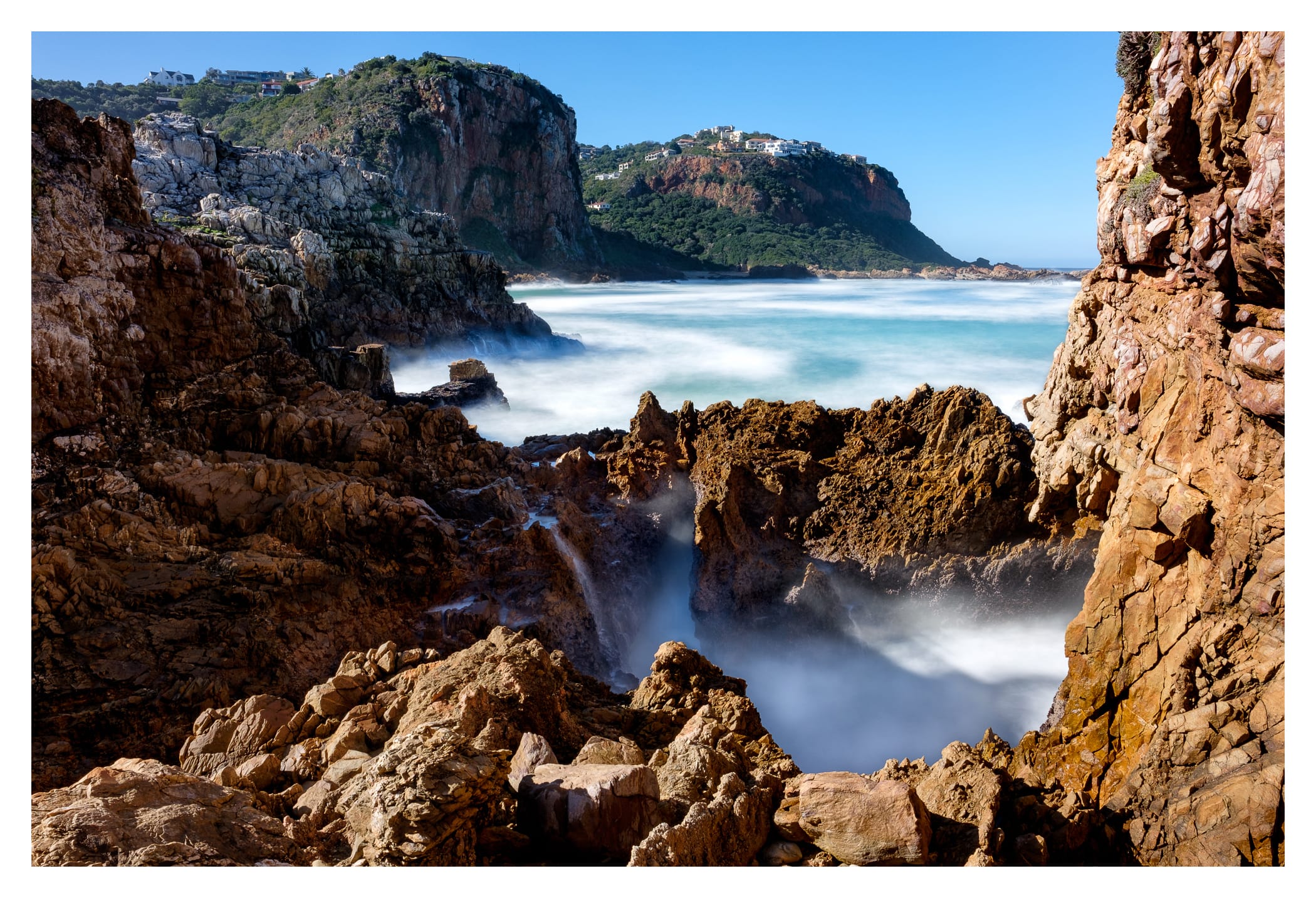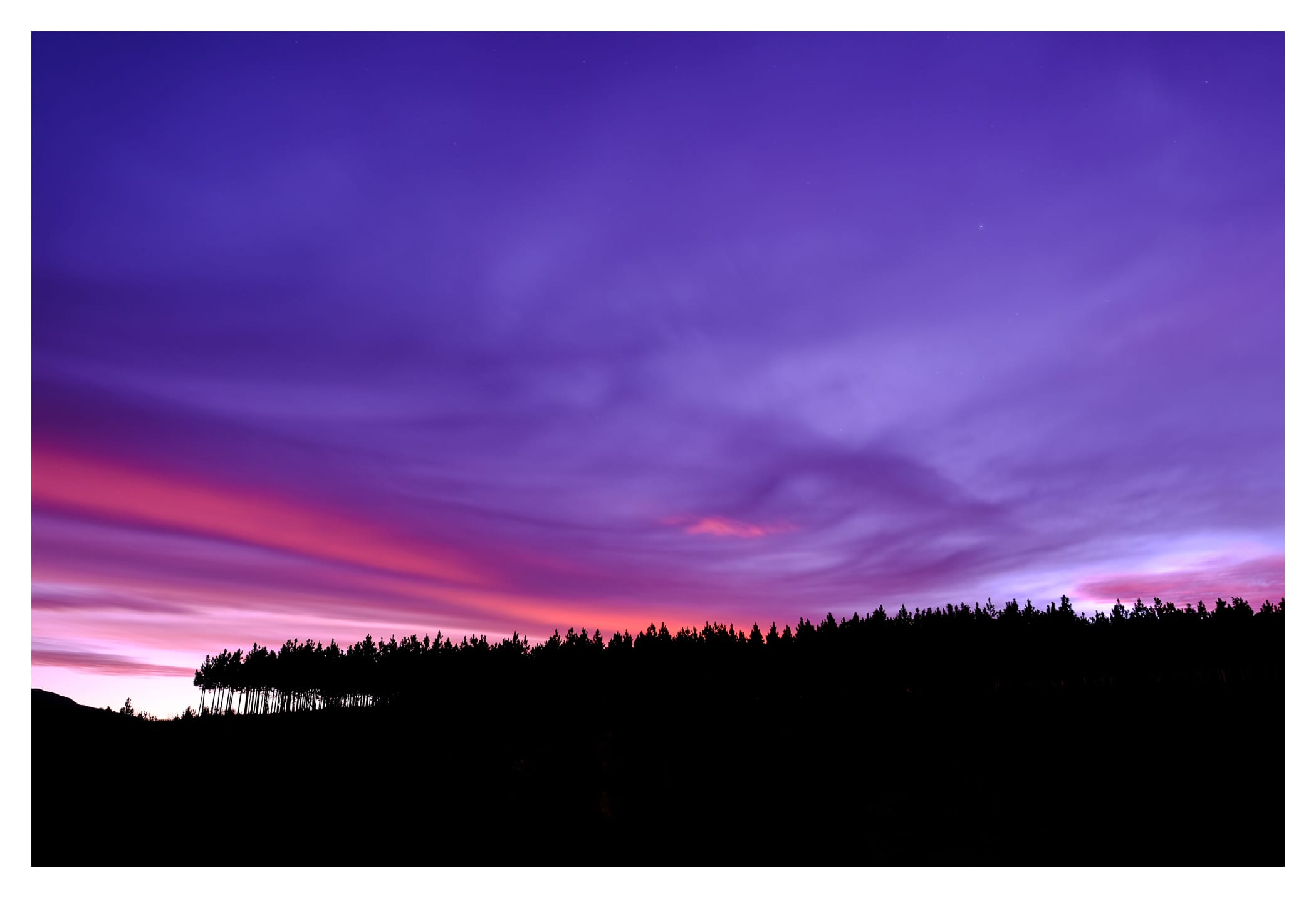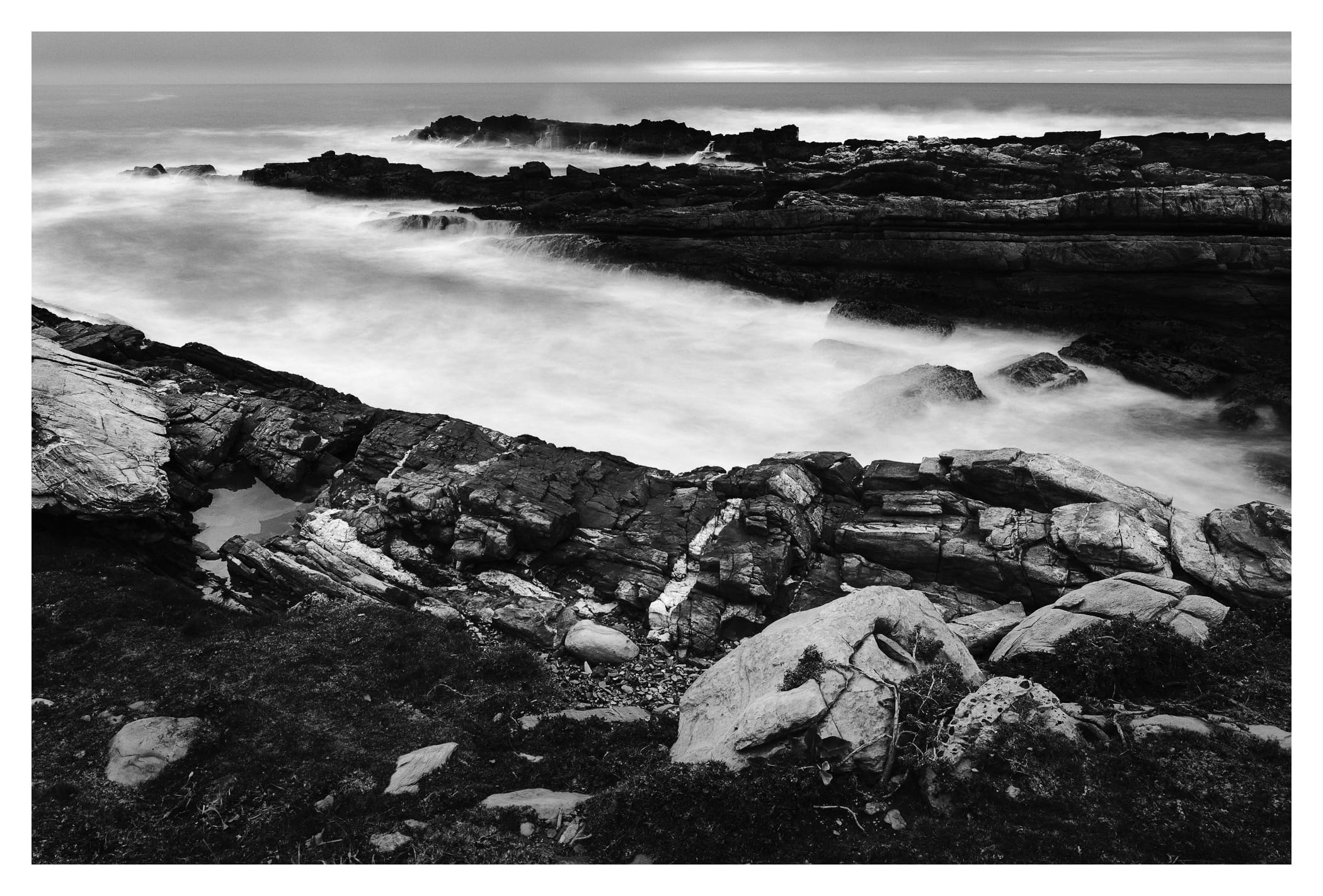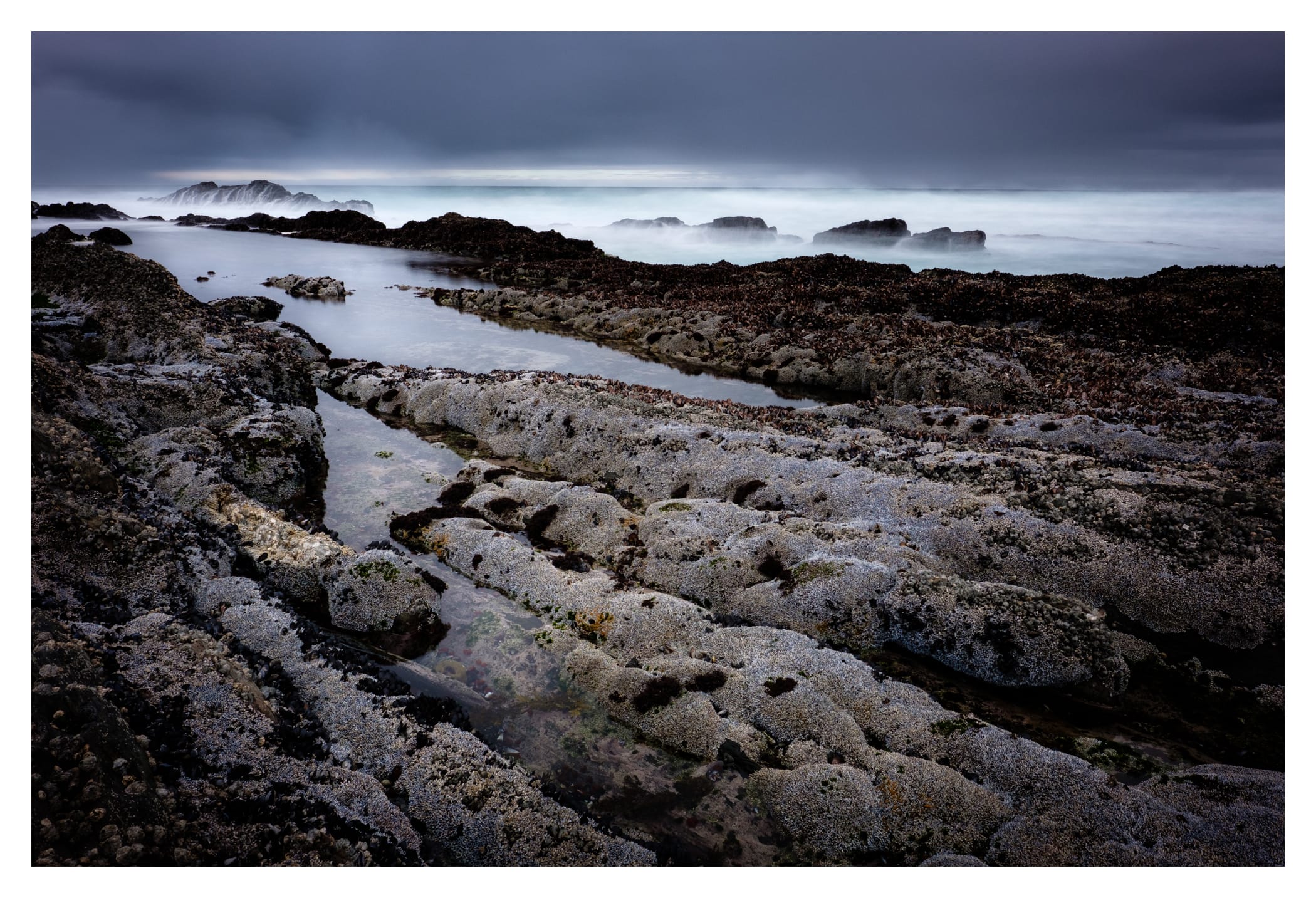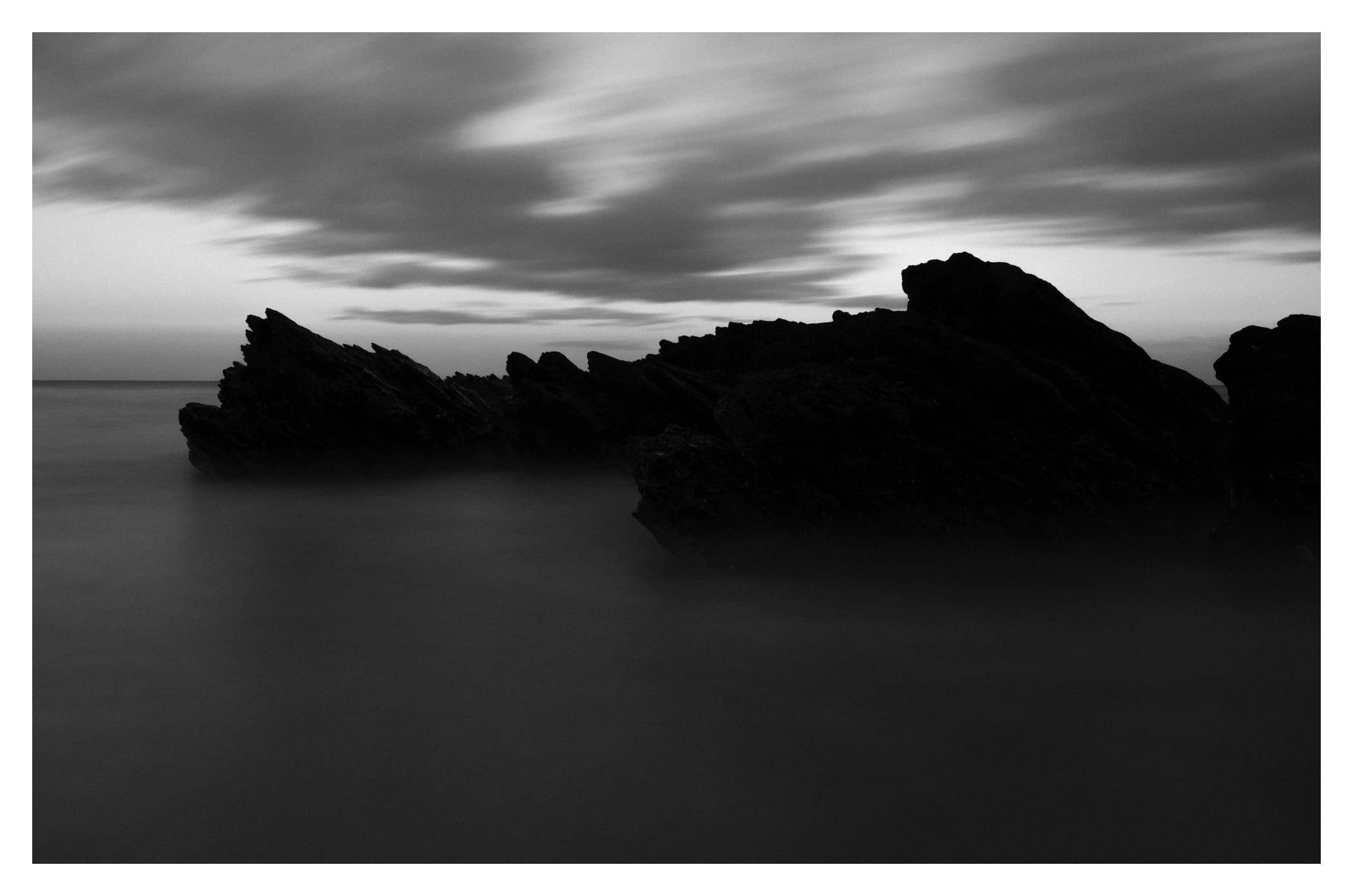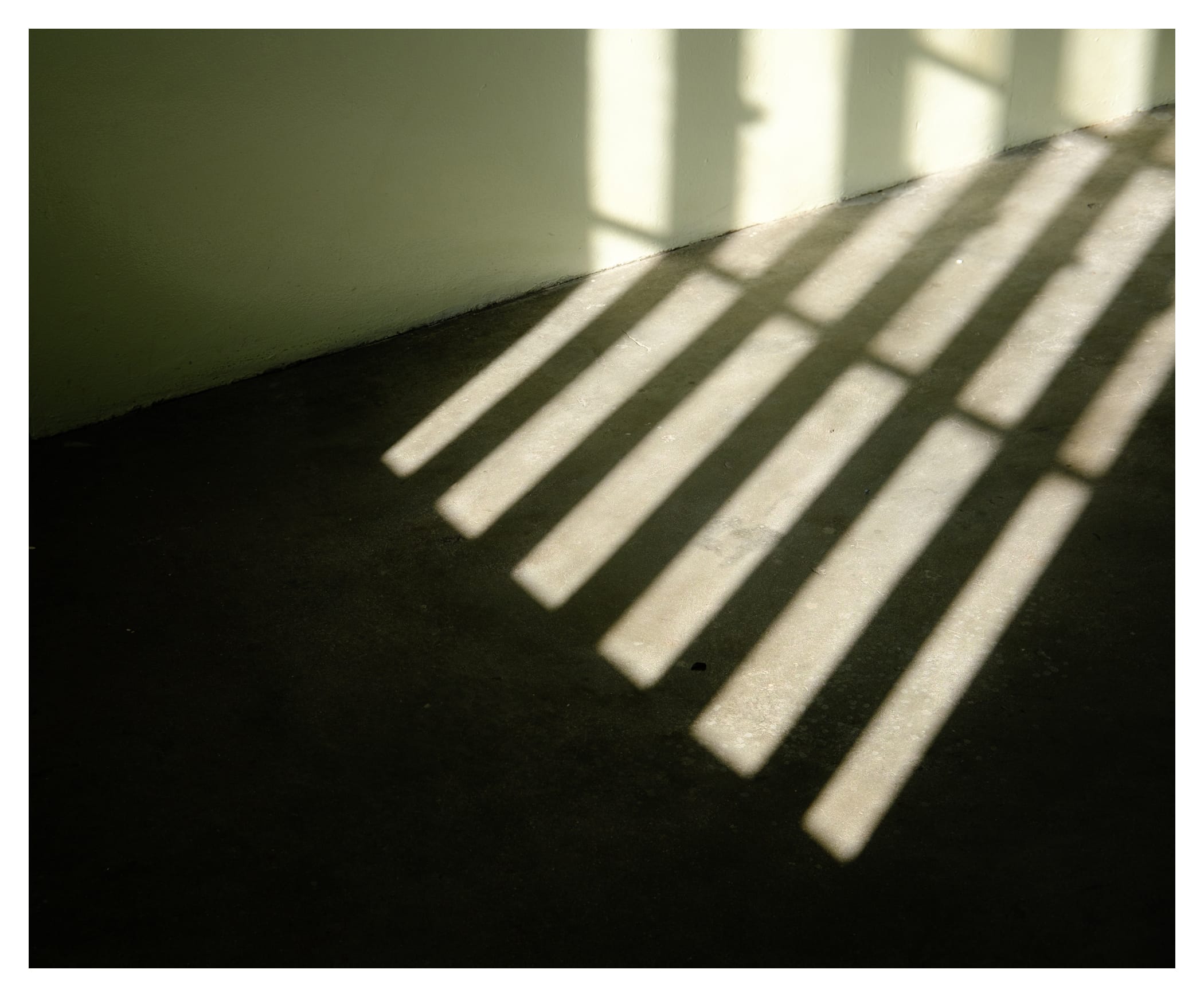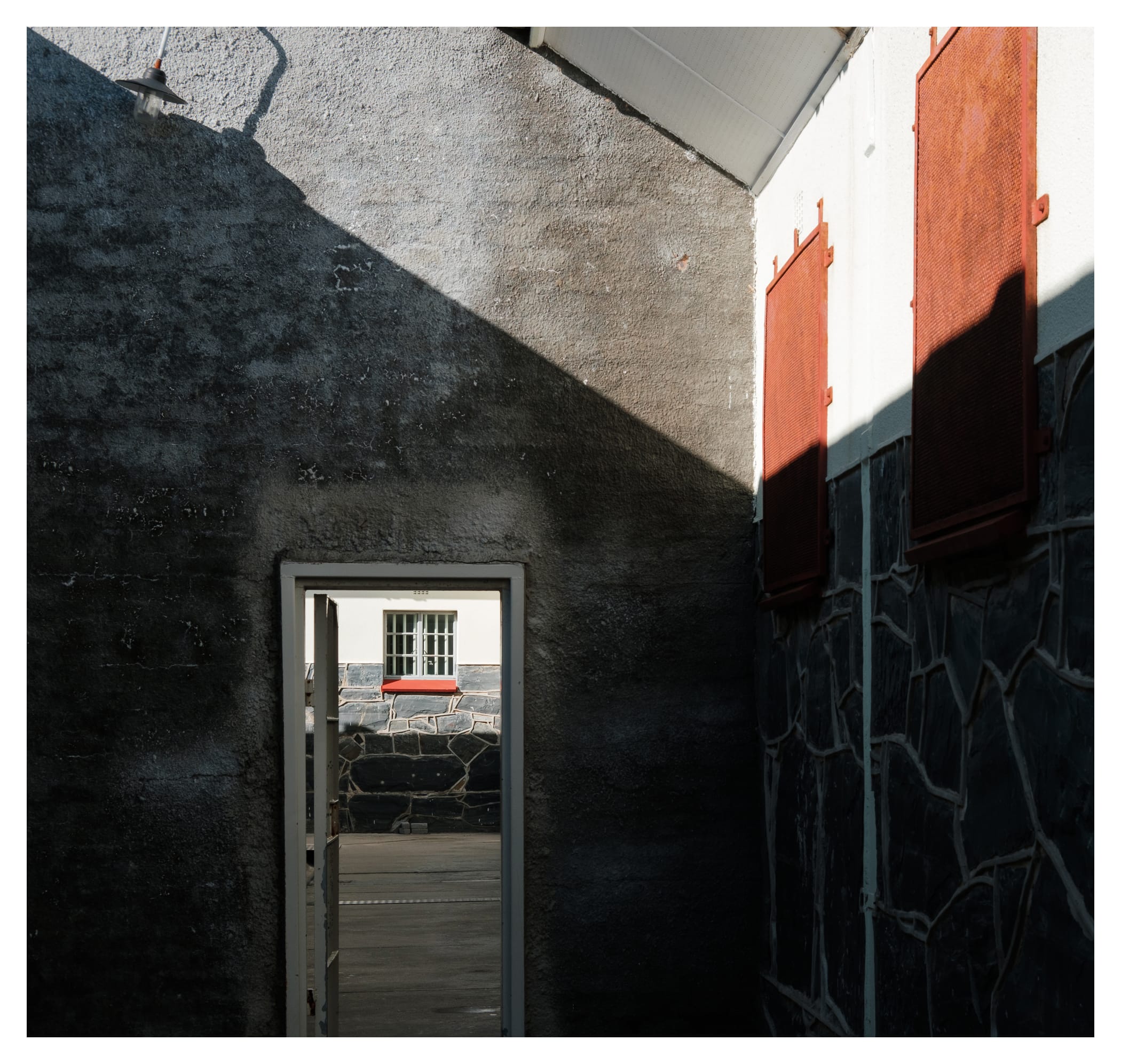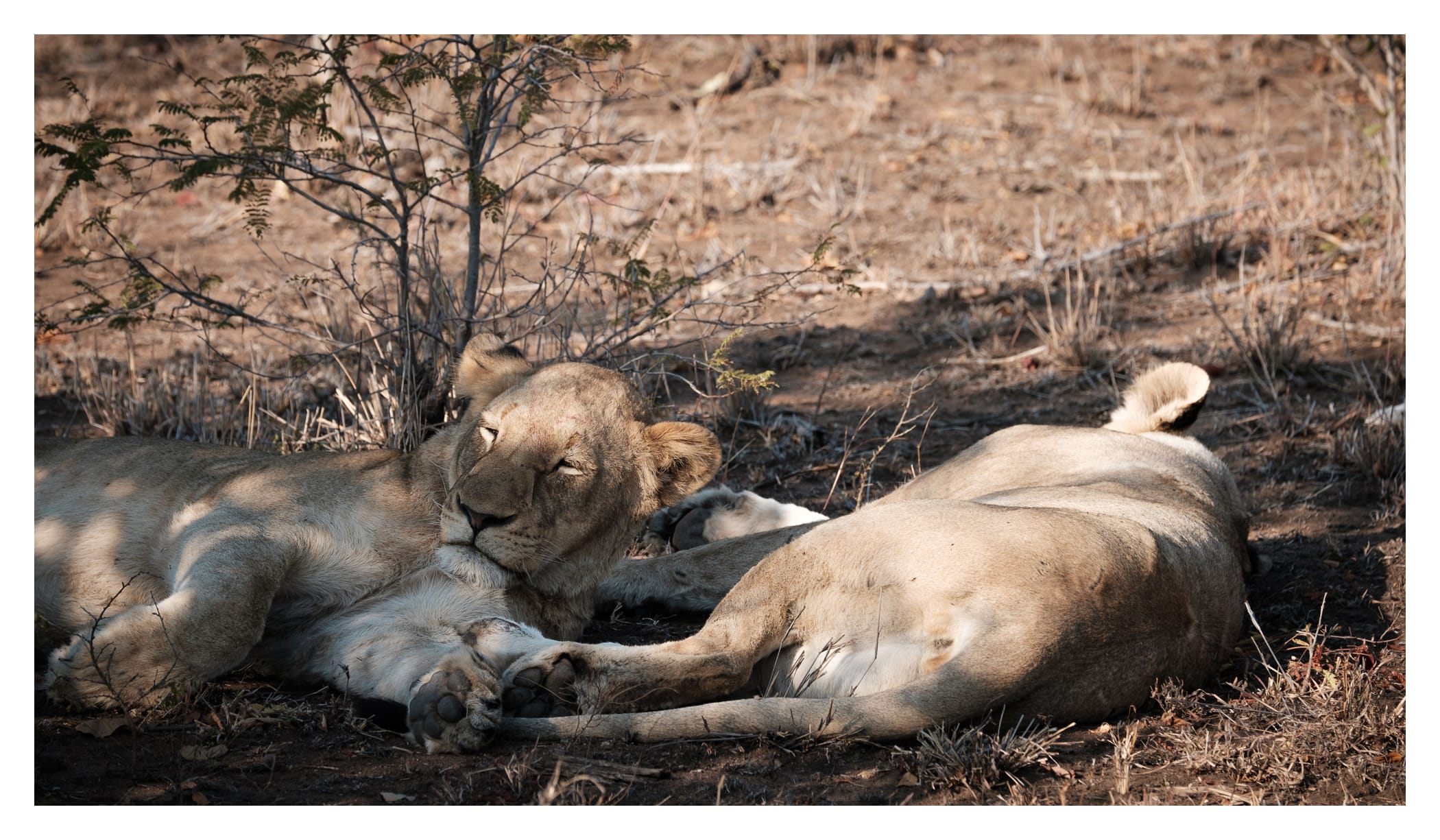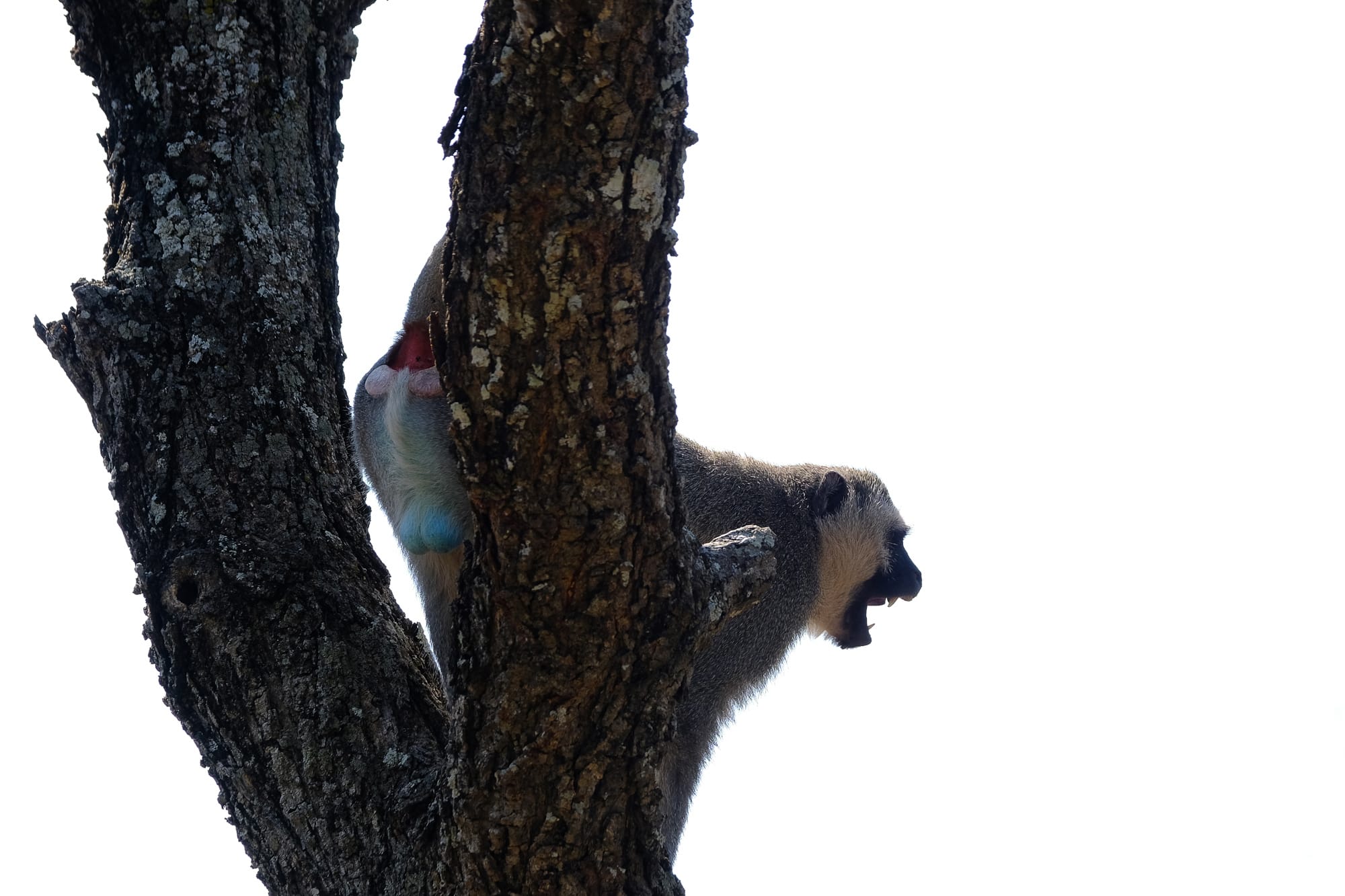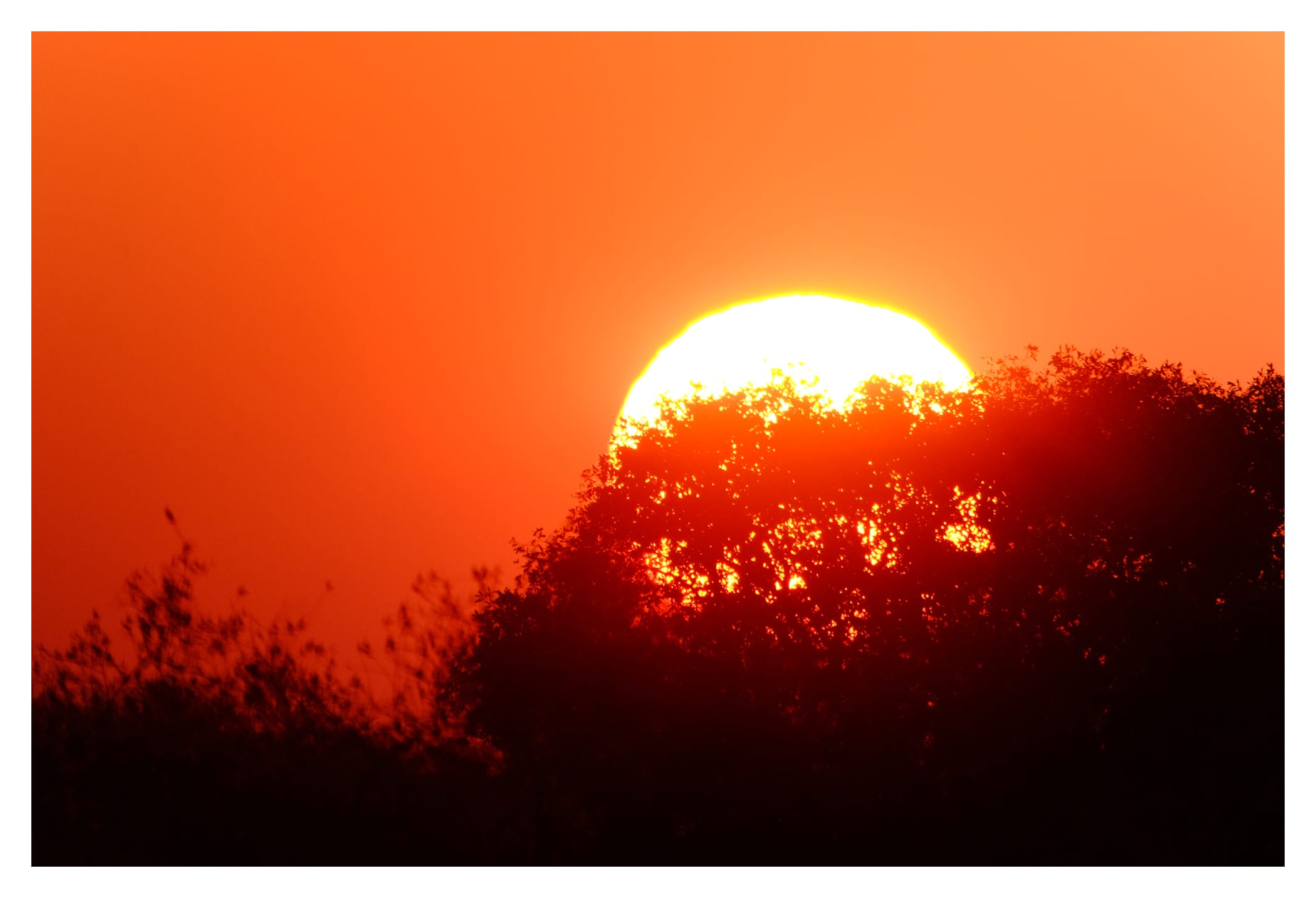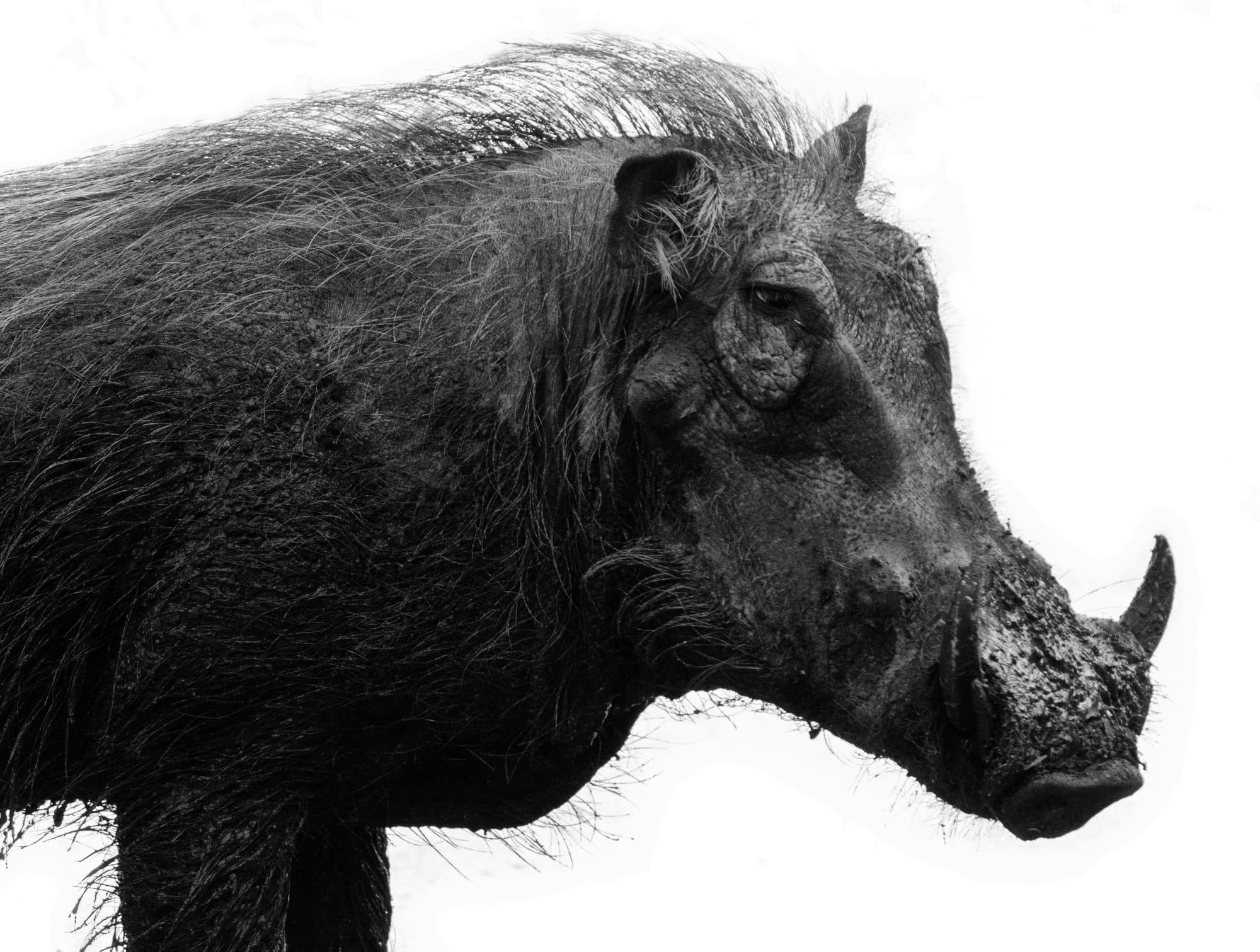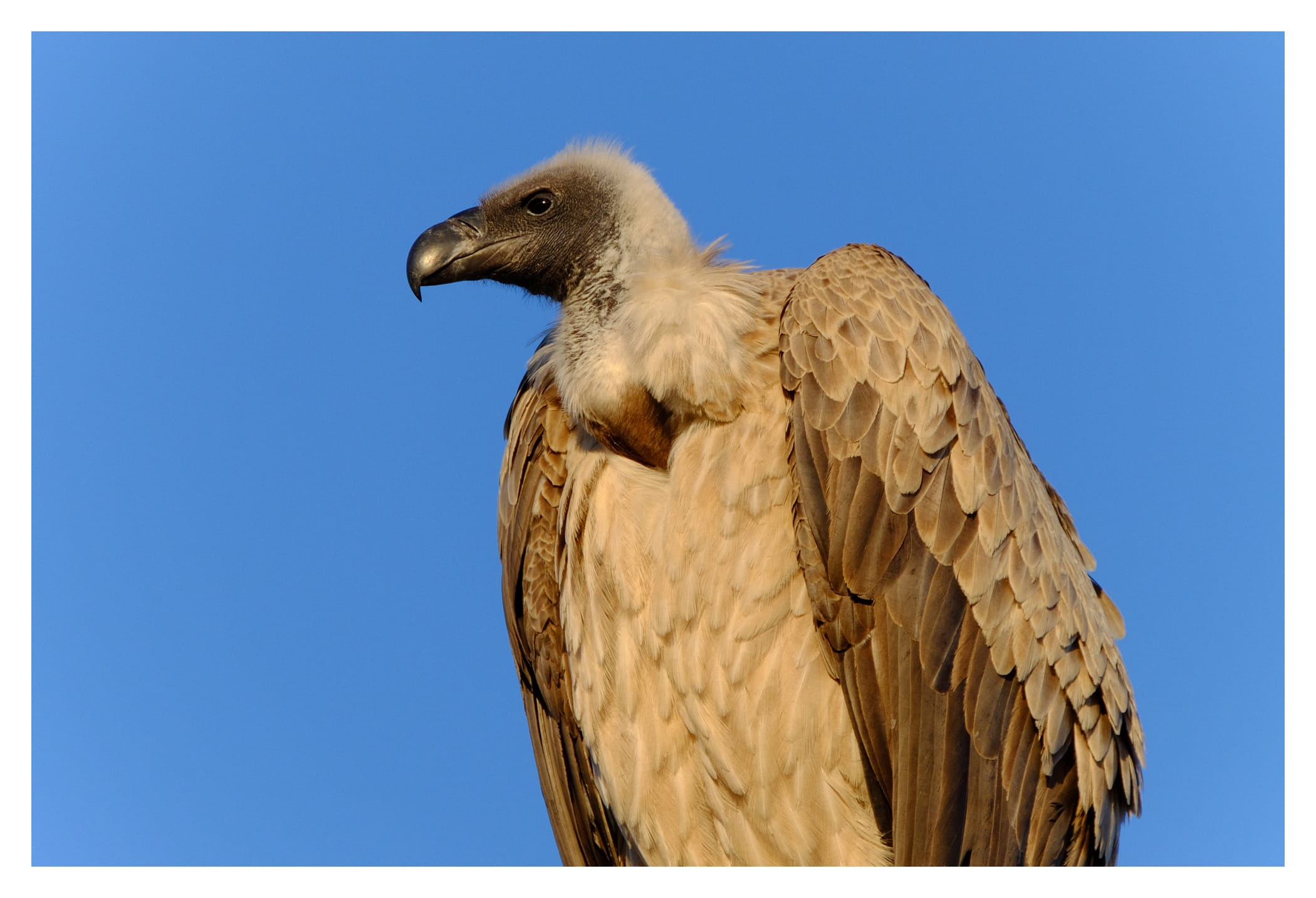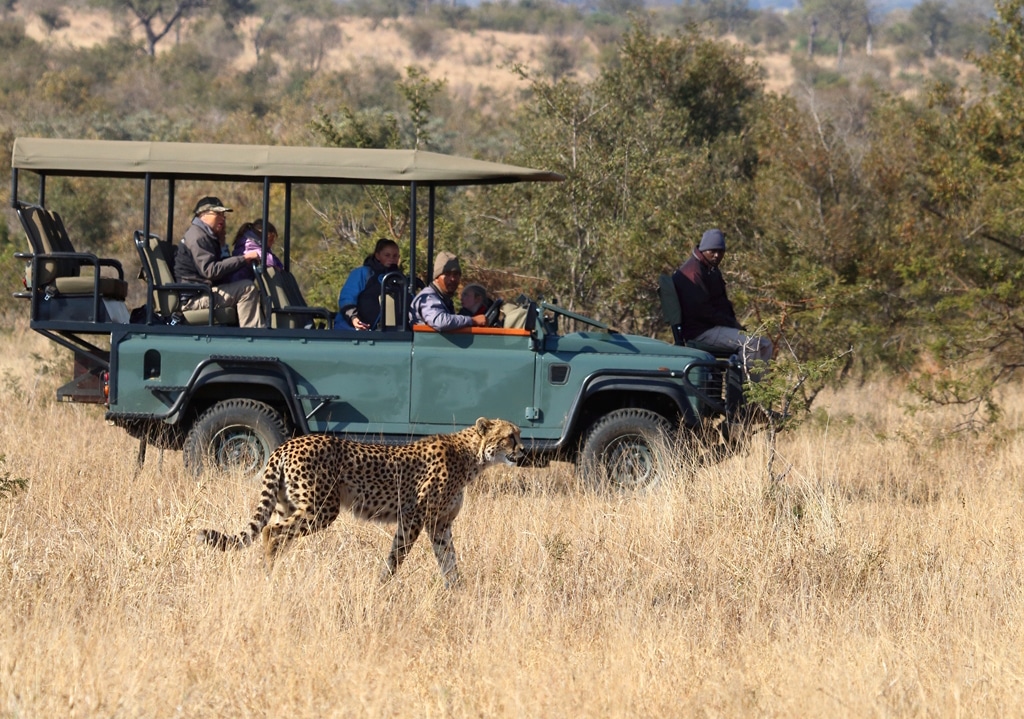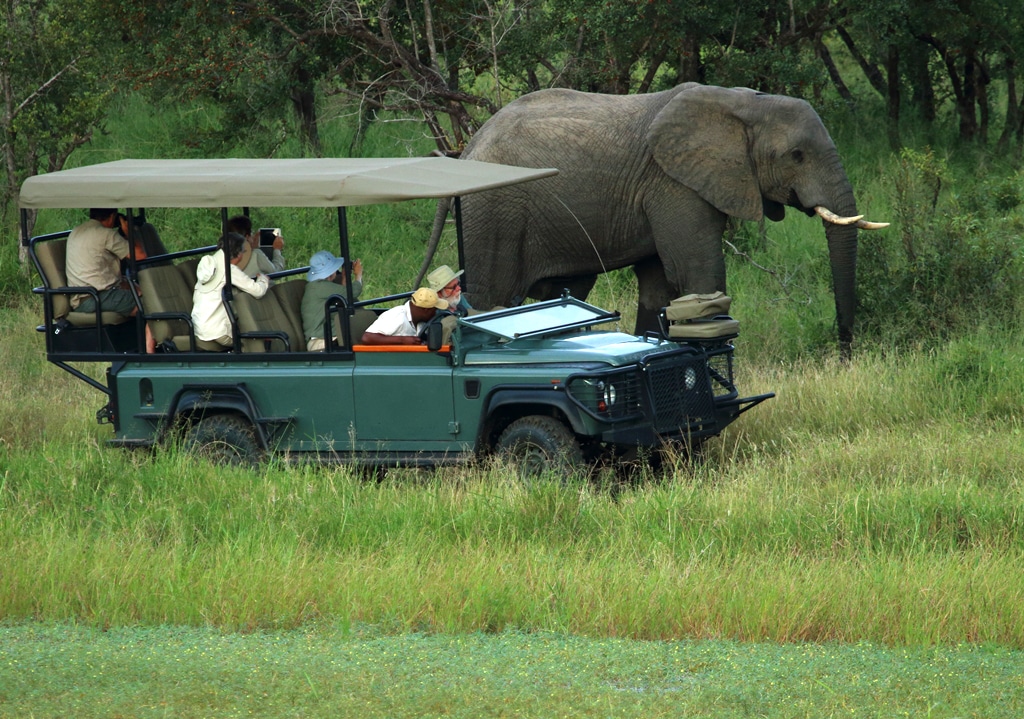Lens Wishlist: XF 14-40mm F4 OIS WR
/The XF 16-80mm F4 OIS WR is due to be announced anytime now. It’s poised to take over many a photographer’s travel lens needs, but having just finished another trip of fairly long distance hiking,1 what I’d like to see Fuji announce is is something even smaller, lighter, and ideally-suited for landscape photography. Something like this.
Focal Length: 14-40mm
My landscape sweet spot is in the neighbourhood of 24mm in 35mm equivalence, with 21mm typically being my max. That gives us 14mm on the wide end. My favourite focal length is around 50mm (35ish APS-C), so I had to be sure that was included. With a bit of breathing room, that brings us to 40mm. Plus, “14 to 40 F4” has a nice ring to it. Spoiler alert on the aperture there.
Maximum Aperture: Constant F4
For landscapes, I’m typically shooting between f/5.6 and f/11 so a Fuji lens closed down a stop should get me real close to maximum sharpness. Sure, I’d take f/2.8, but every extra stop means more size and weight, and I’m trying to be realistic with my desires. With a constant f/4 aperture, I’d be hoping for a lens about the size of the XF 18-55mm F2.8-4 OIS. Having the front element fixed on zoom would be a bonus, but probably unlikely at 40mm.
WR or GTFO
As readers of this site know, the lack of weather sealing on the XF 10-24mm F4 OIS is my biggest issue with the lens. If that lens had weather sealing—and performed a little better at 24mm—I’d feel much less inclined to even write this article.
In this photographer’s opinion, XF lenses should no longer be released without weather sealing. Thankfully, that’s been the case for some time now.
OIS: 5-stops
I want to use this lens on cameras in which Fuji’s current in-body image stabilization (IBIS) will not fit.
Size and Weight
This one’s important. Mockups of the XF 16-80mm F4 WR OIS from our friends at FujiRumors show it to be considerably smaller than the XF 16-55mm F2.8 WR, but also considerably larger than the XF 18-55mm F2.8-4 OIS. The former results in a camera + lens combination that stays in my bag more than I’d like it to. With proper cameras competing against smartphones for use, if they’re in a bag and your phone is in your pocket, it can be all too easy to just grab that travel snap with your phone, even though you might regret it later. As another old friend once wrote:
A camera in hand is 60% more likely to be used than one that's slung by its strap, 85% more likely than one in a shoulder bag, and 98% more likely than one in a backpack.
Bottom line, if my camera were small enough and light enough to be slug around my neck/shoulder all the time, it would be used more often.2
Close, but not quite.
There are some lenses that are close to my landscape nirvana, but every one of them comes with compromises.
- XF 10-24mm F4 OIS: The size is getting close (especially given that front filter ring stays put when zooming), but the weather resistance is not. Its focal length is also wider than I’d like for a travel/landscape lens.
- XF 16-55mm F2.8 WR: This lens would do it for me if it were smaller and lighter. And not just a little. As noted above, I want a camera and lens combination I can wear around my neck comfortably.
- XF 18-55mm F2.8-4 OIS: Size, weight, OIS (even though it’s not quite enough stops worth), all great. Lack of weather sealing is a deal breaker, and I’d like something a little wider. I could even live with the variable aperture if everything else was right, but I’d rather not.
A Non-Standard Zoom
Now that Fuji have their core lineup of lenses pretty fleshed out, I want to see them move back to releasing lenses that are different, and well-suited to what X Series originally promised; superb, full-frame-rivalling image quality in a premium compact package. The exotics and ultra-fasts like the XF 200mm F/2 OIS WR and XF 33mm F1 are exciting, but they are big, heavy hunks of glass that are only mounted with purpose. They’re certainly not ever going to be my daily carry. Same goes for the “Red Badge” zooms. By most accounts, Fuji needed to get the “standard” zooms like the XF 16-55mm F/2.8 WR and XF 50-140mm F/2.8 OIS WR shipped. Perhaps now it’s time for something less standard.
I love what Fuji has done with primes recently with their F2WR3 lineup, and the XF 16-80mm F4 OIS WR is a step in the right direction, but weather resistant zooms could still use some slimming down. I admit I’m as guilty as the next photographer for wanting those pro zooms made available, but I think that has resulted in a zoom lens lineup that’s typical, and less interesting and differentiated than it could be.
- We put 15-22 KM per day on our feet every day of our last two trips. ↩︎
- I realize this at least partially comes down to my own discipline or lack thereof—how hard can it be to take a camera out of a bag, right? However, oftentimes we travel with others, and there’s a limit to how how many times we can slow down or flat out interrupt a walk or hike. It’s their vacation too, after all. ↩︎
- And a 2 point eight now. ↩︎



